
Flora + Funga
Flora + Funga is a personal project that reflects on the beauty and diversity of our environment, whether invasive, imported, growing from the cracks of the concrete, or in its natural and native habitat. It started in 2017 as a way to help me identify and discover the nature that surrounds me. Drawn on 2X3.5”, 4X6”, and 6X8” Koza Etchu card paper, the project now features more than 100 drawings and continues to grow.
Why Funga and not Fungi?
Funga refers to the fungal diversity of a given place. It is the Fauna and Flora equivalent to the kingdom of Fungi.
From The FFF (Flora, Fauna, Funga) initiative
We envision a healthy planet in which fungi are recognized as crucial interconnectors of nature. However, they represent a meagre 0.2 % of our global conservation priorities.
This initiative aims to write this neglected kingdom of life into conservation and agricultural policy frameworks, protect it under international and domestic law, and unlock crucial funding for mycological research, surveys and educational programs.
We are unthinkable without fungi.
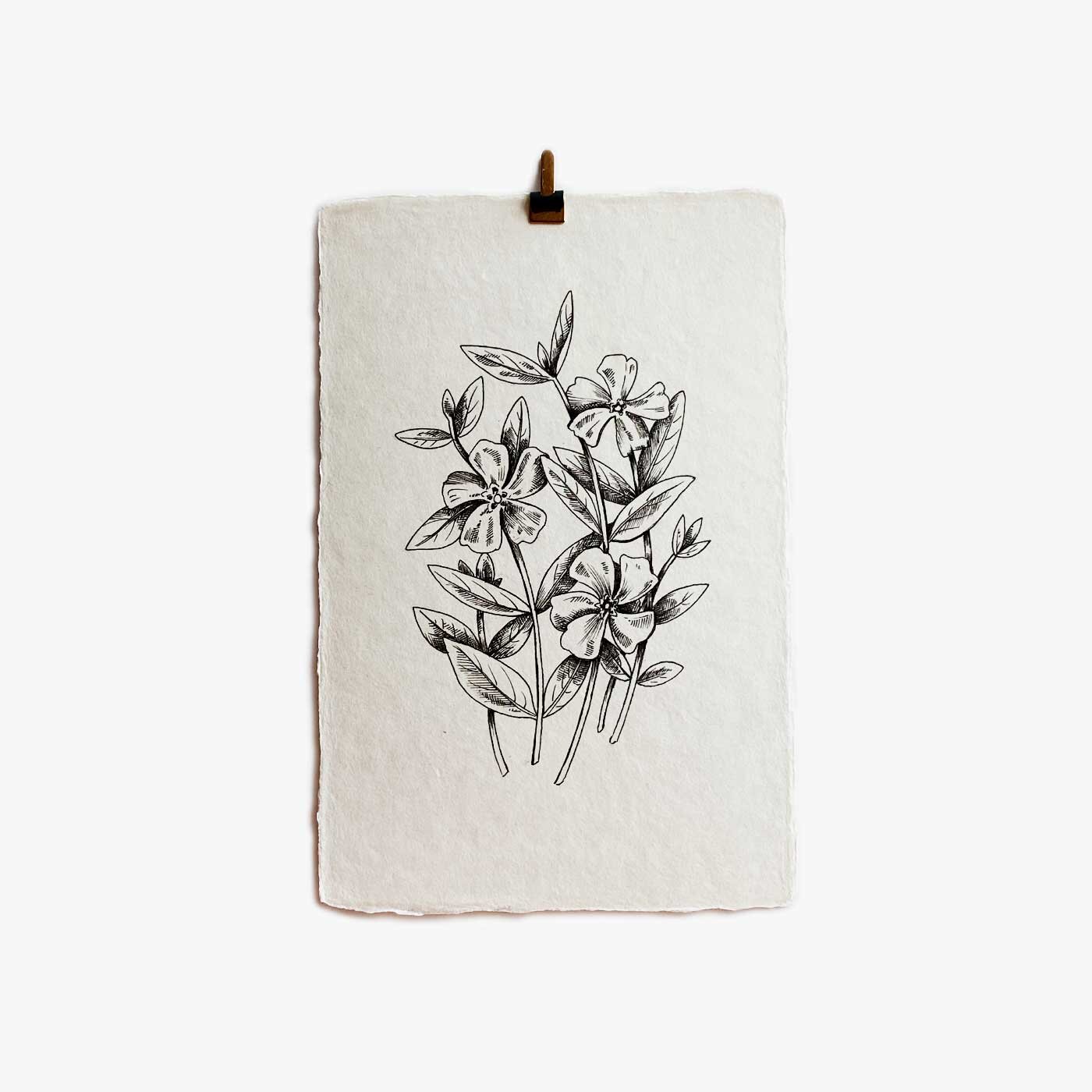






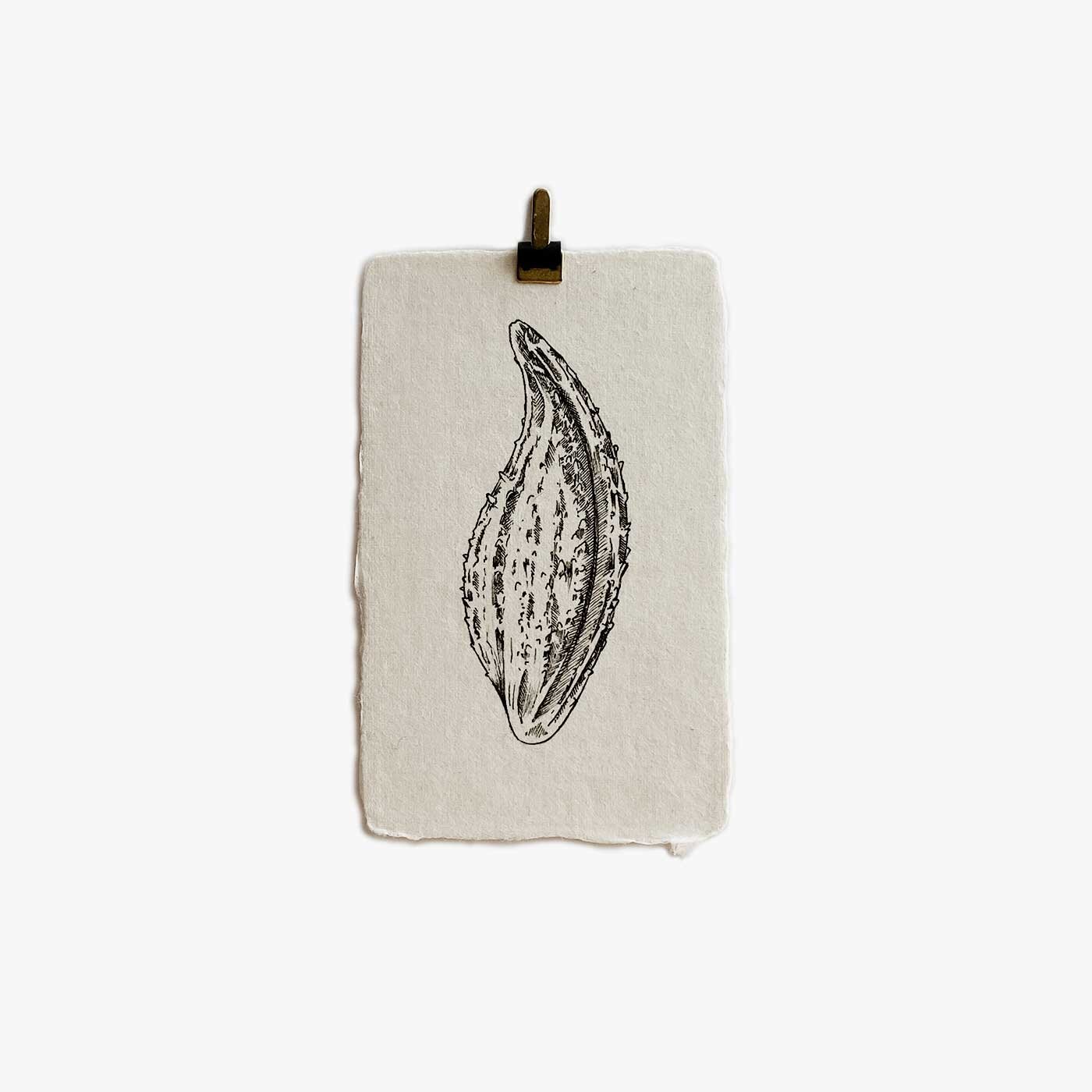
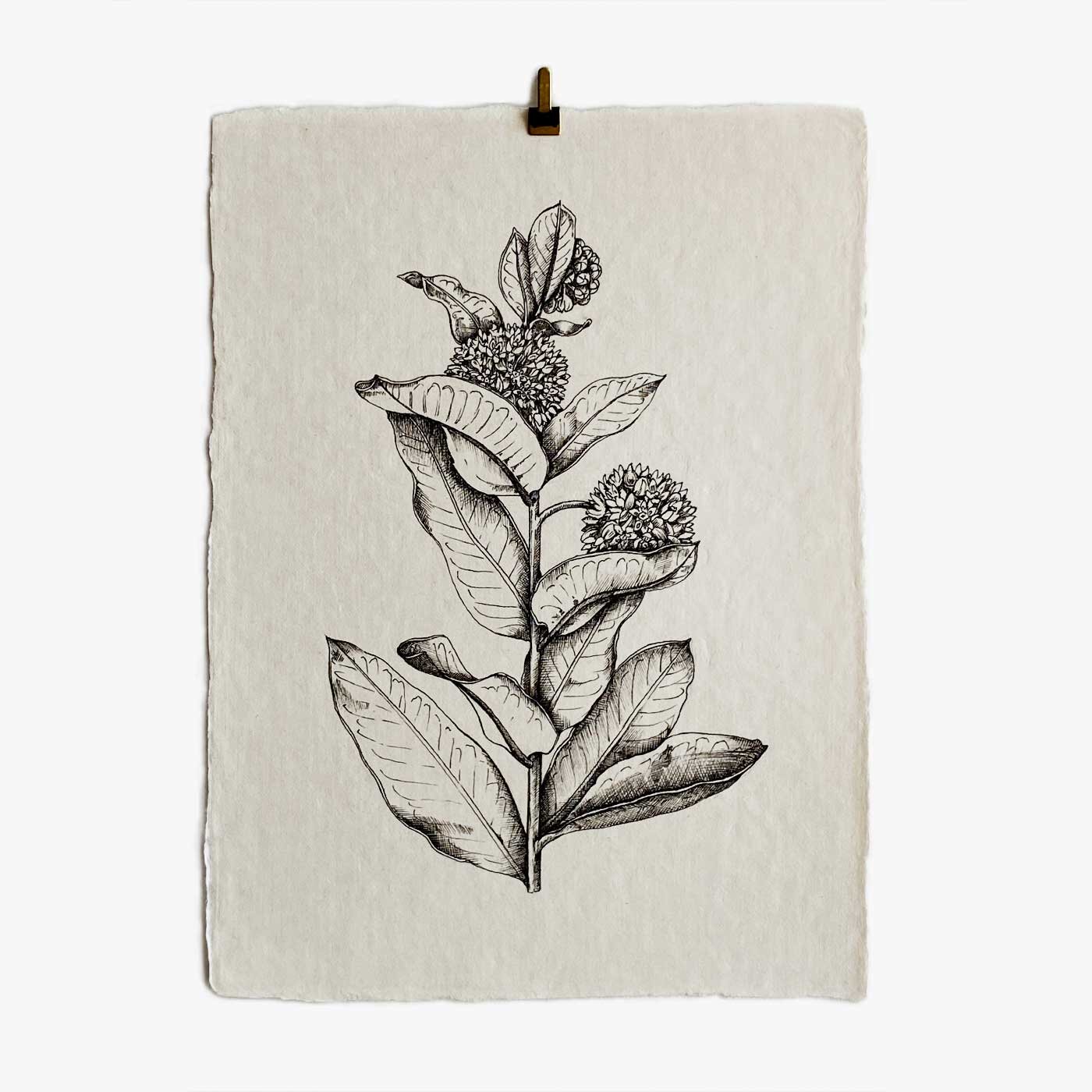
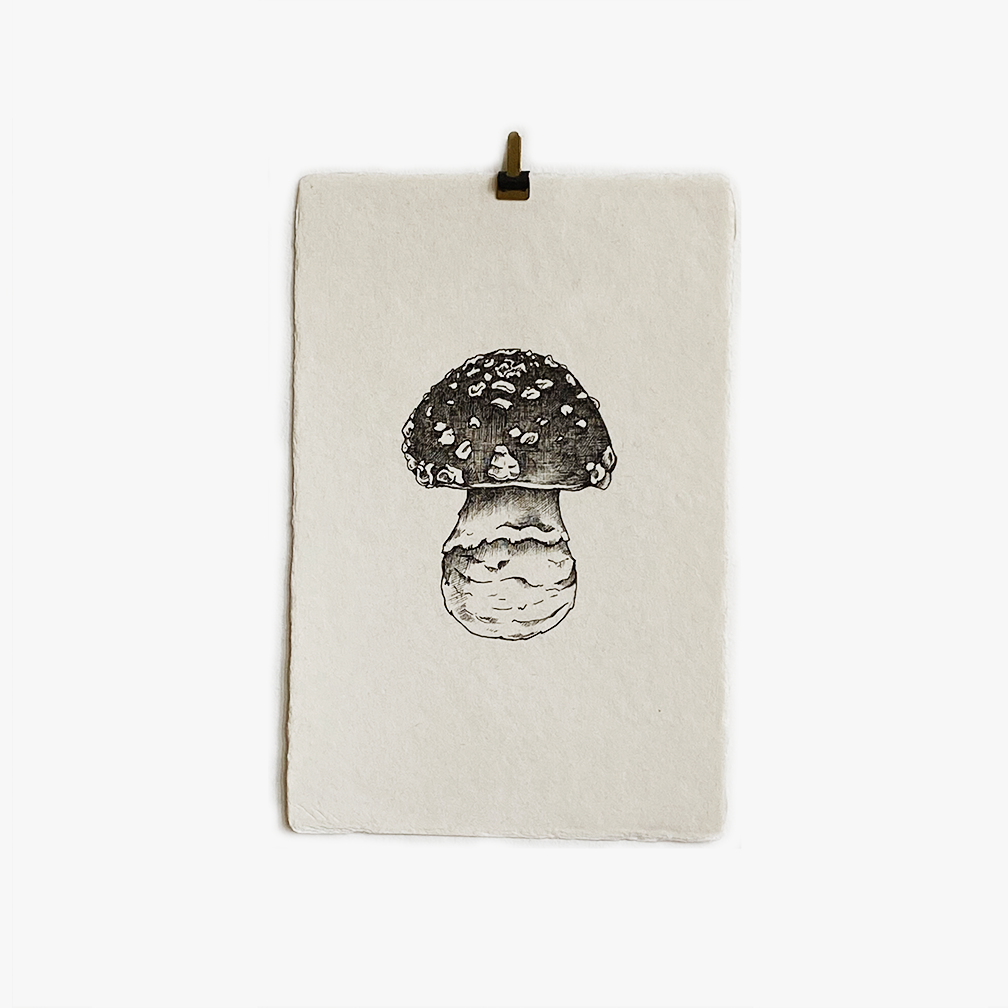

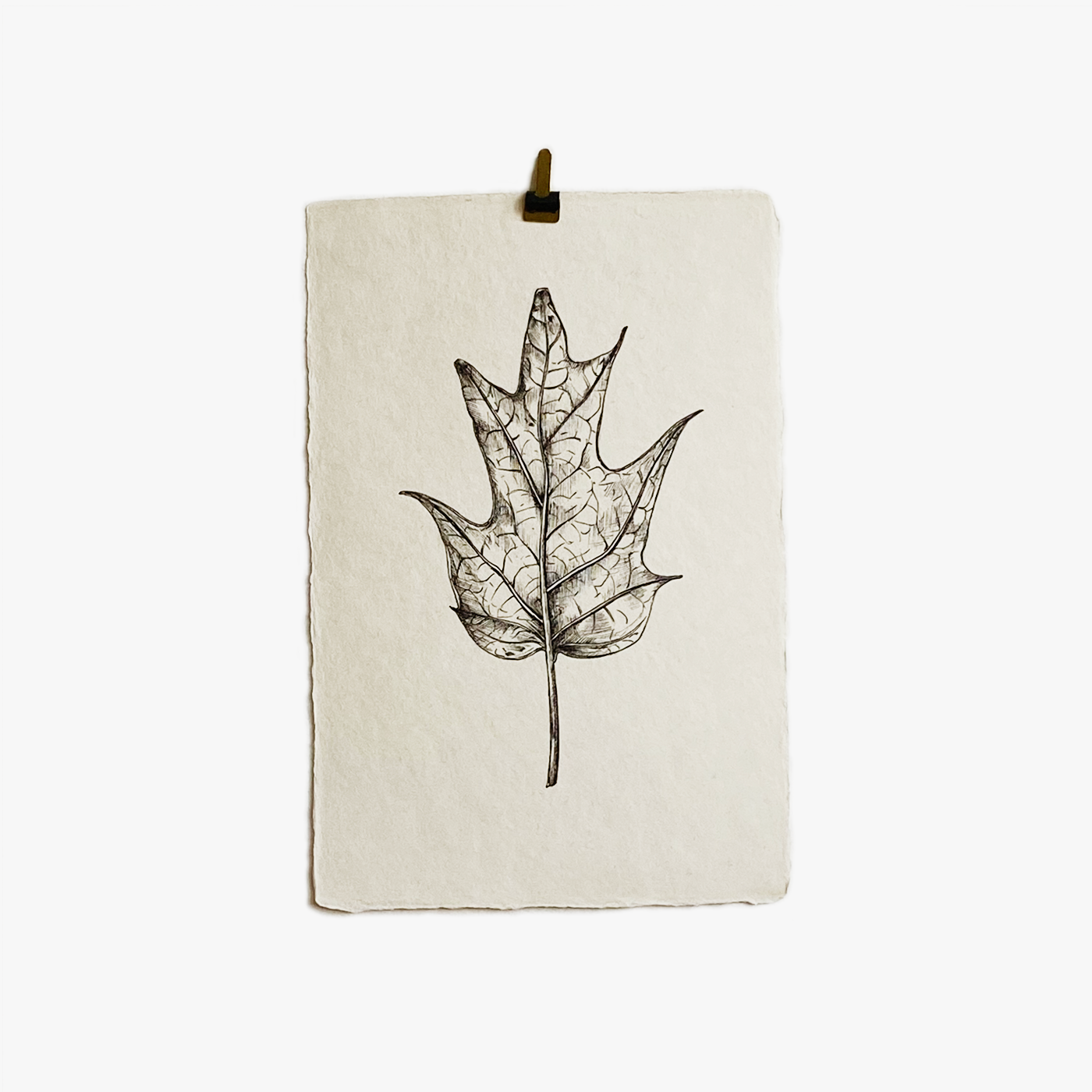



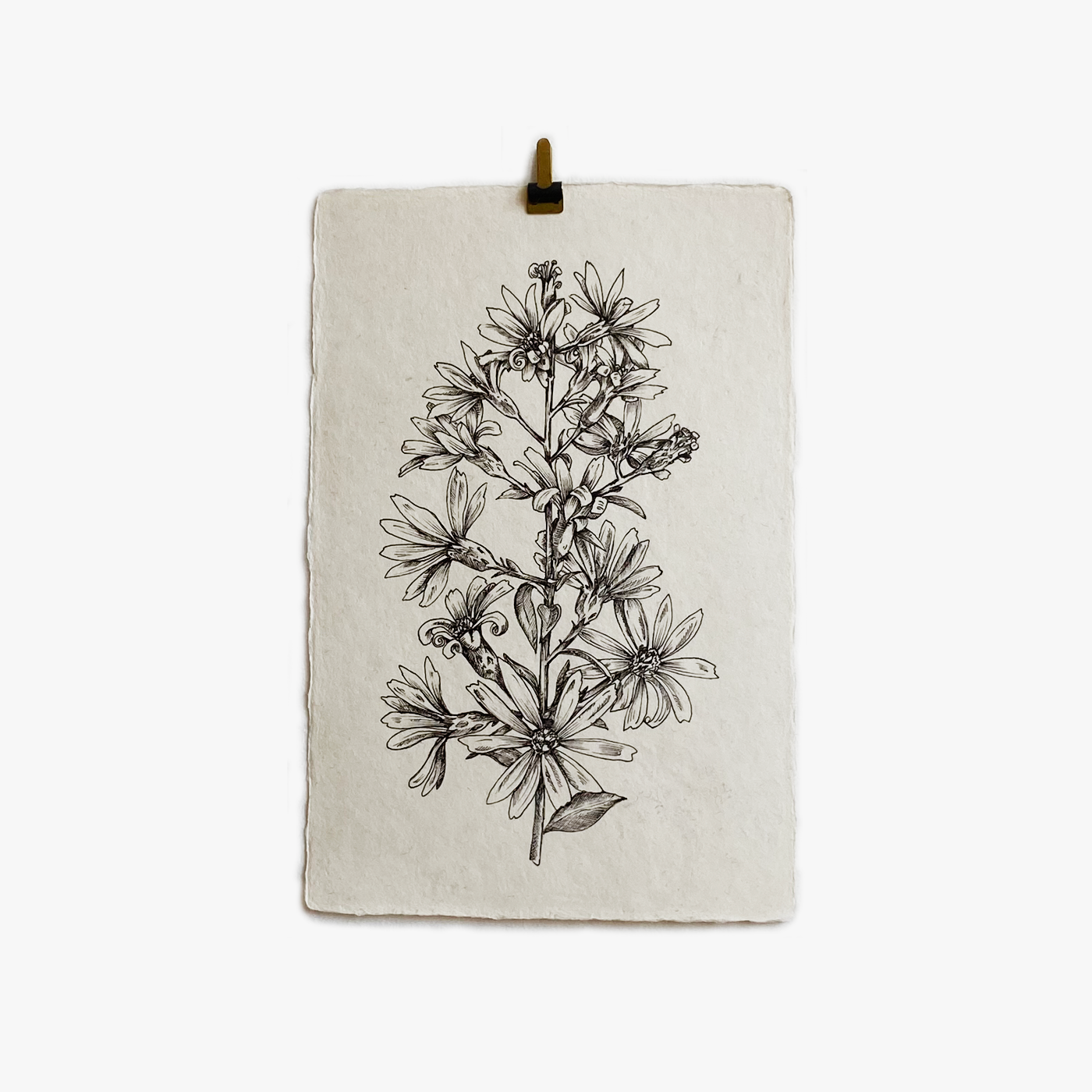
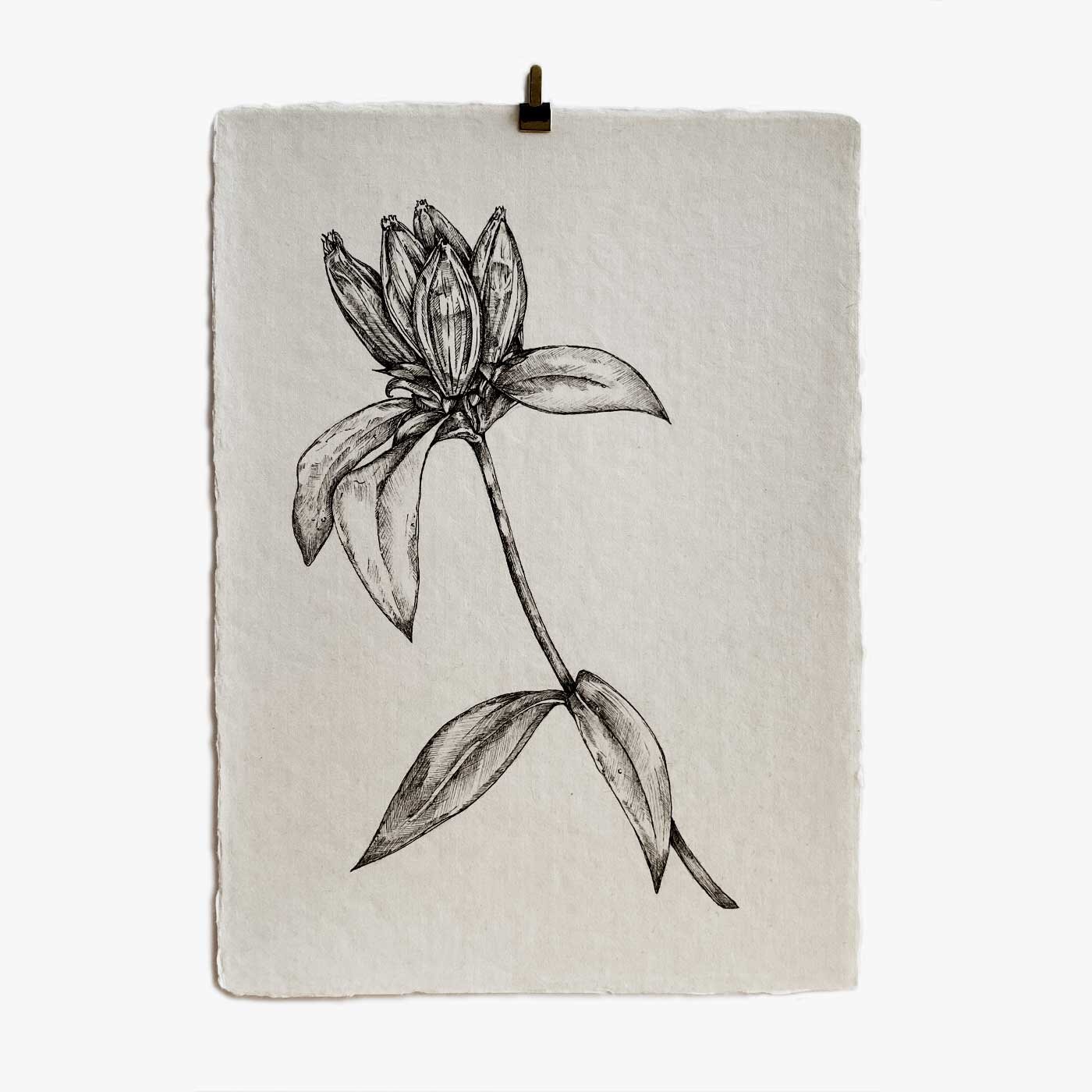


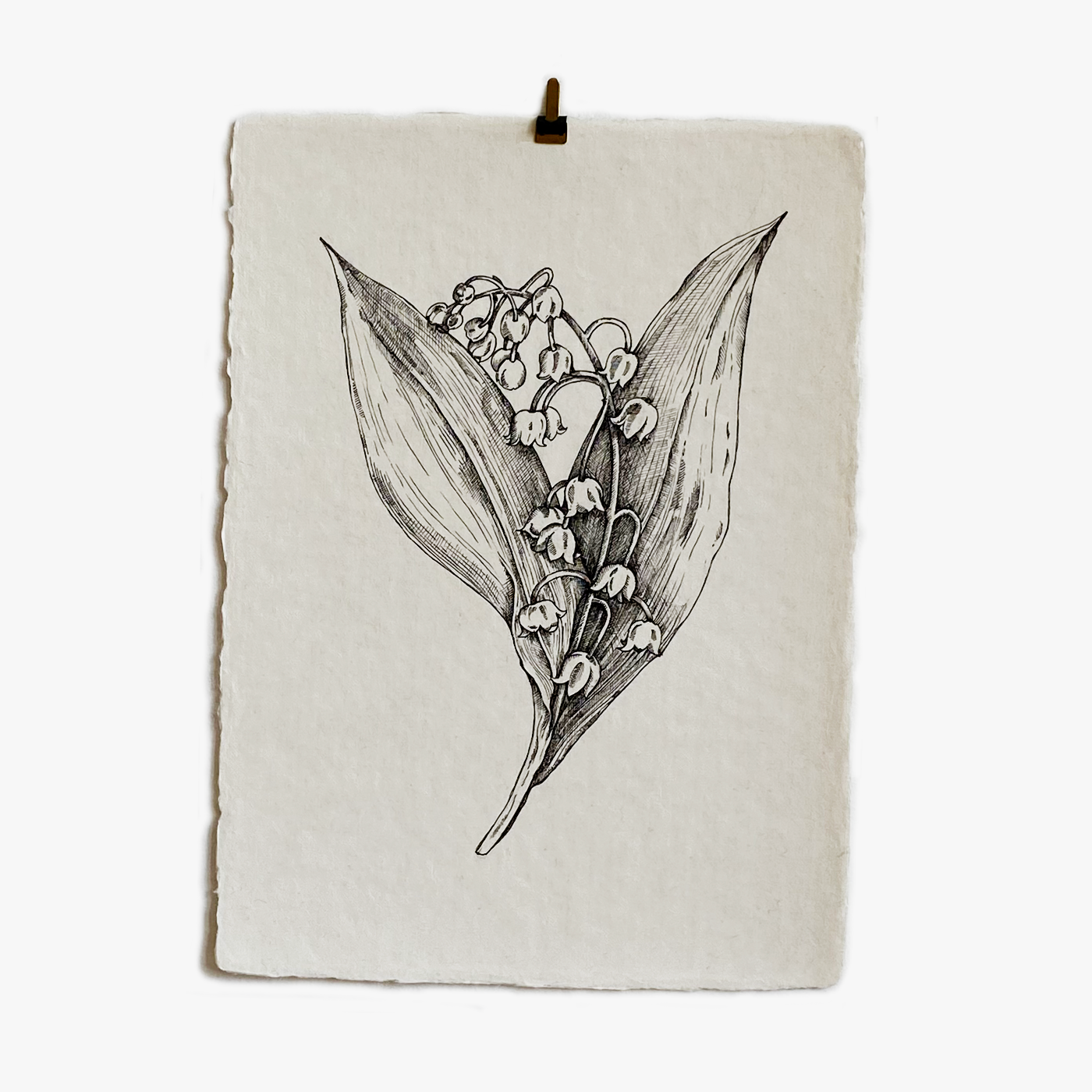

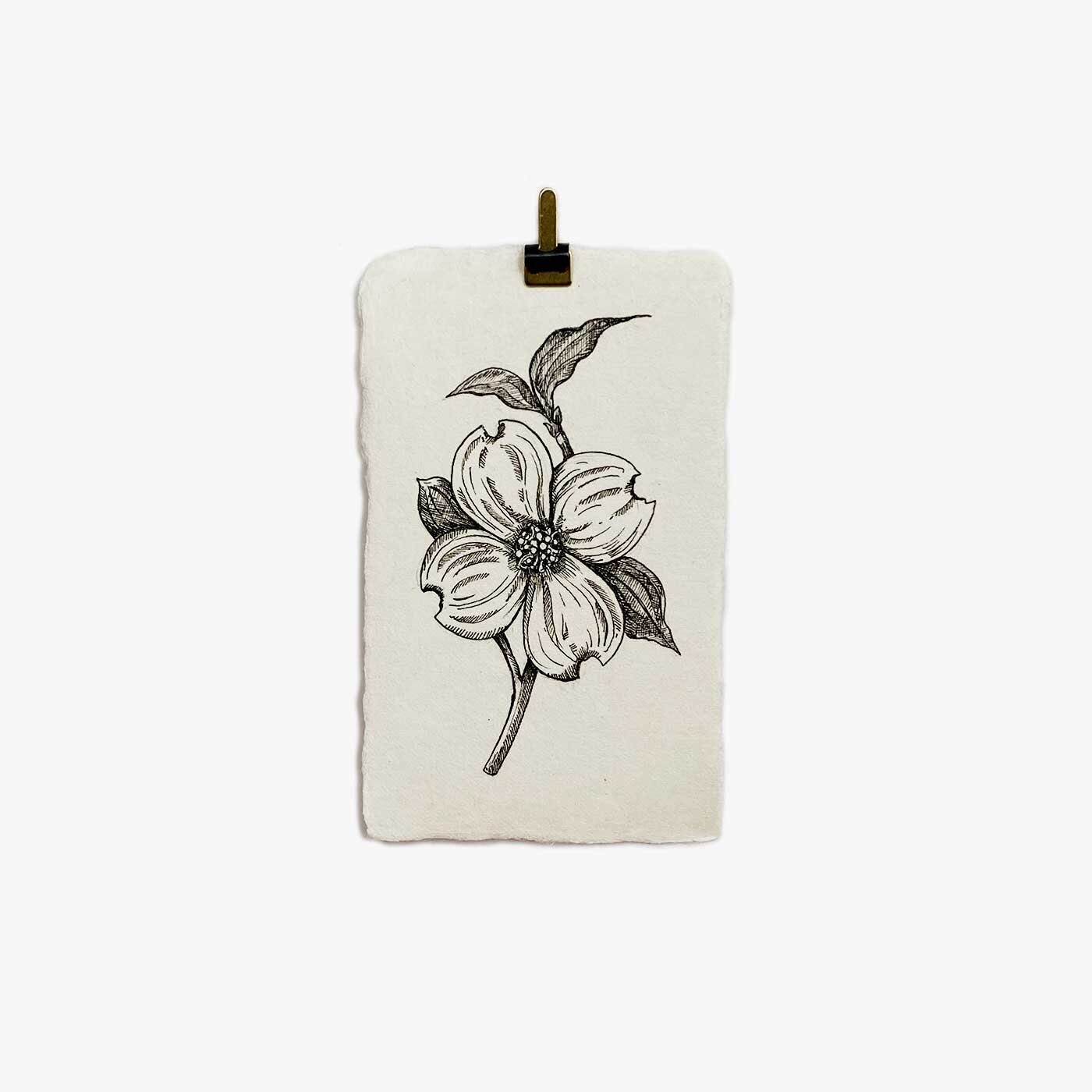
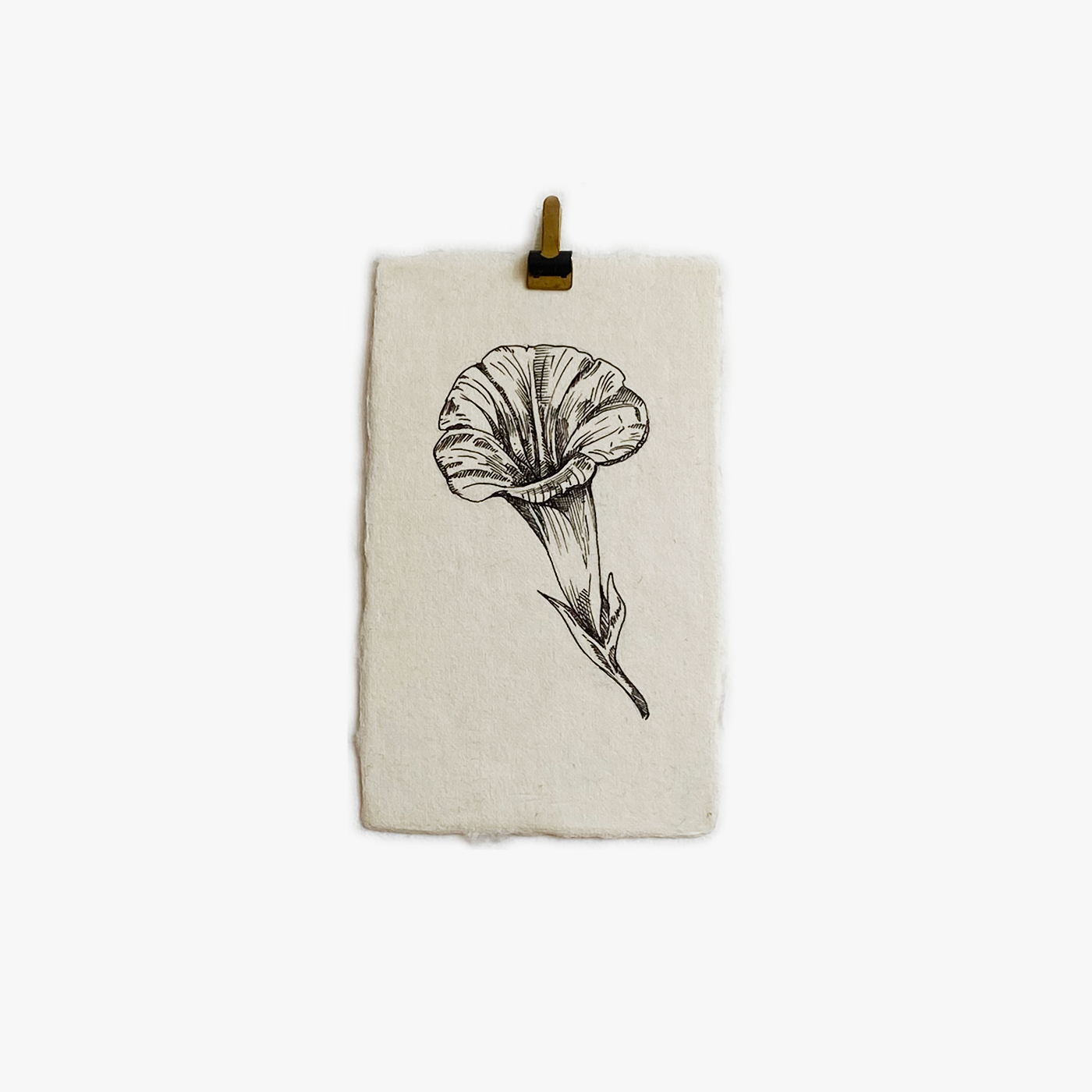

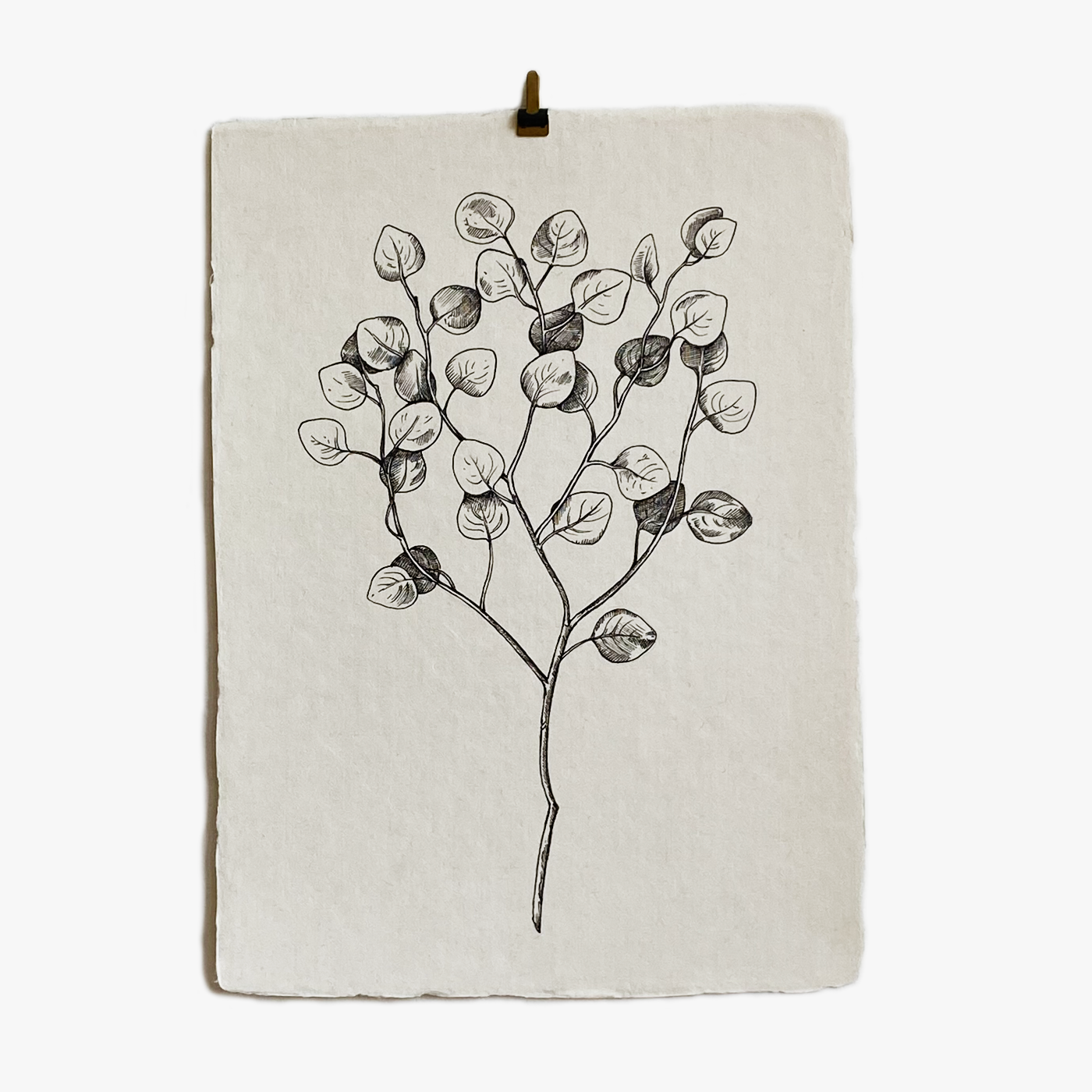


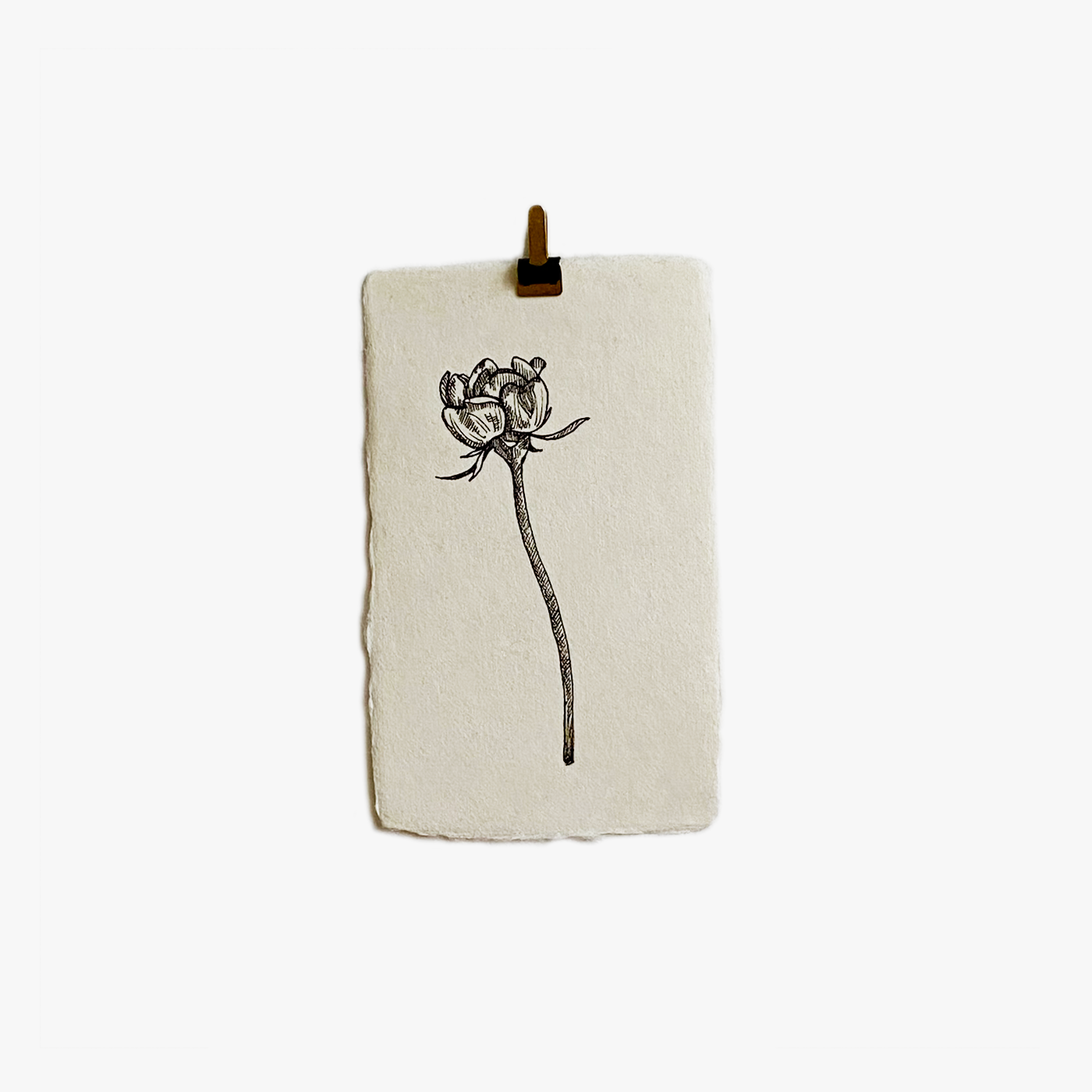
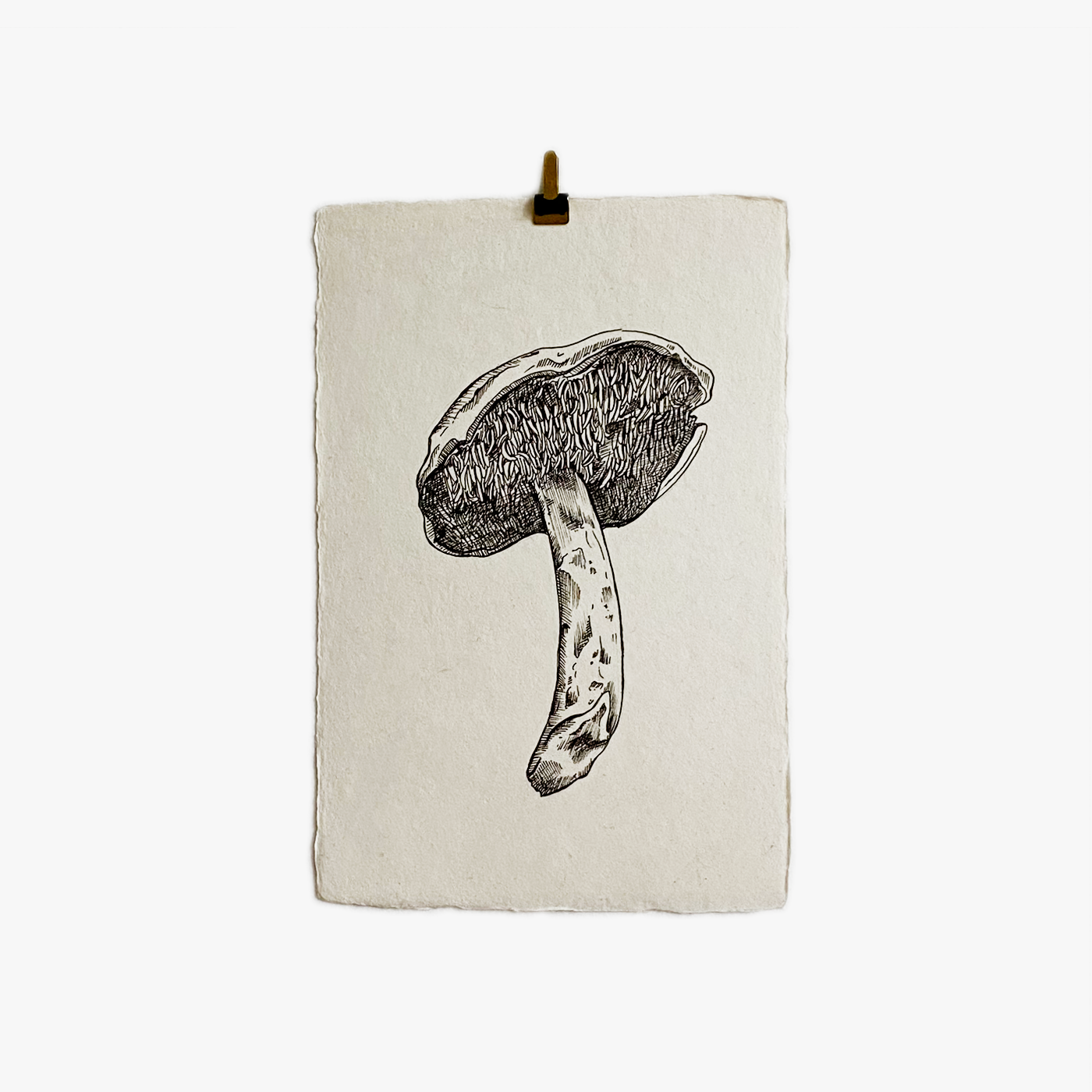


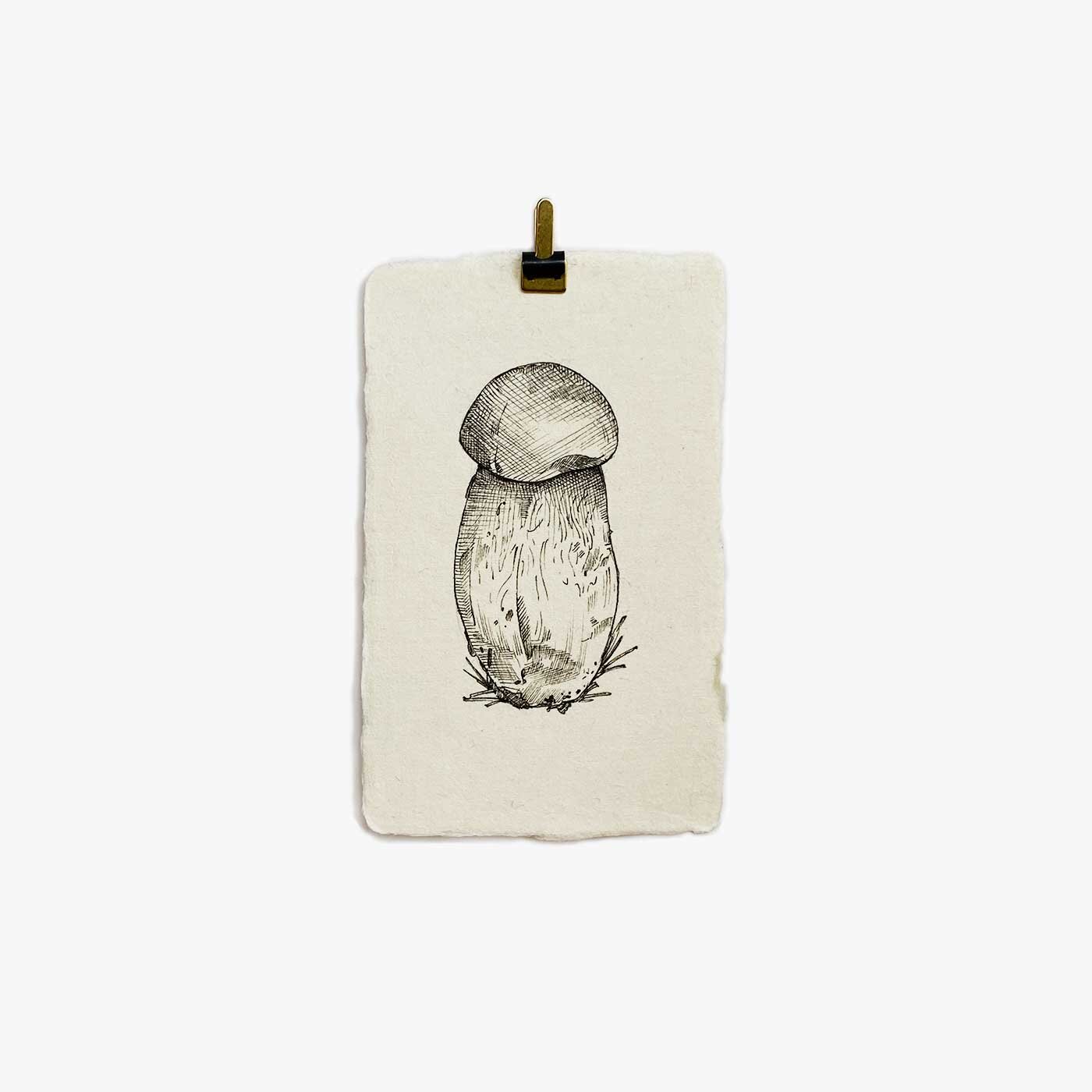


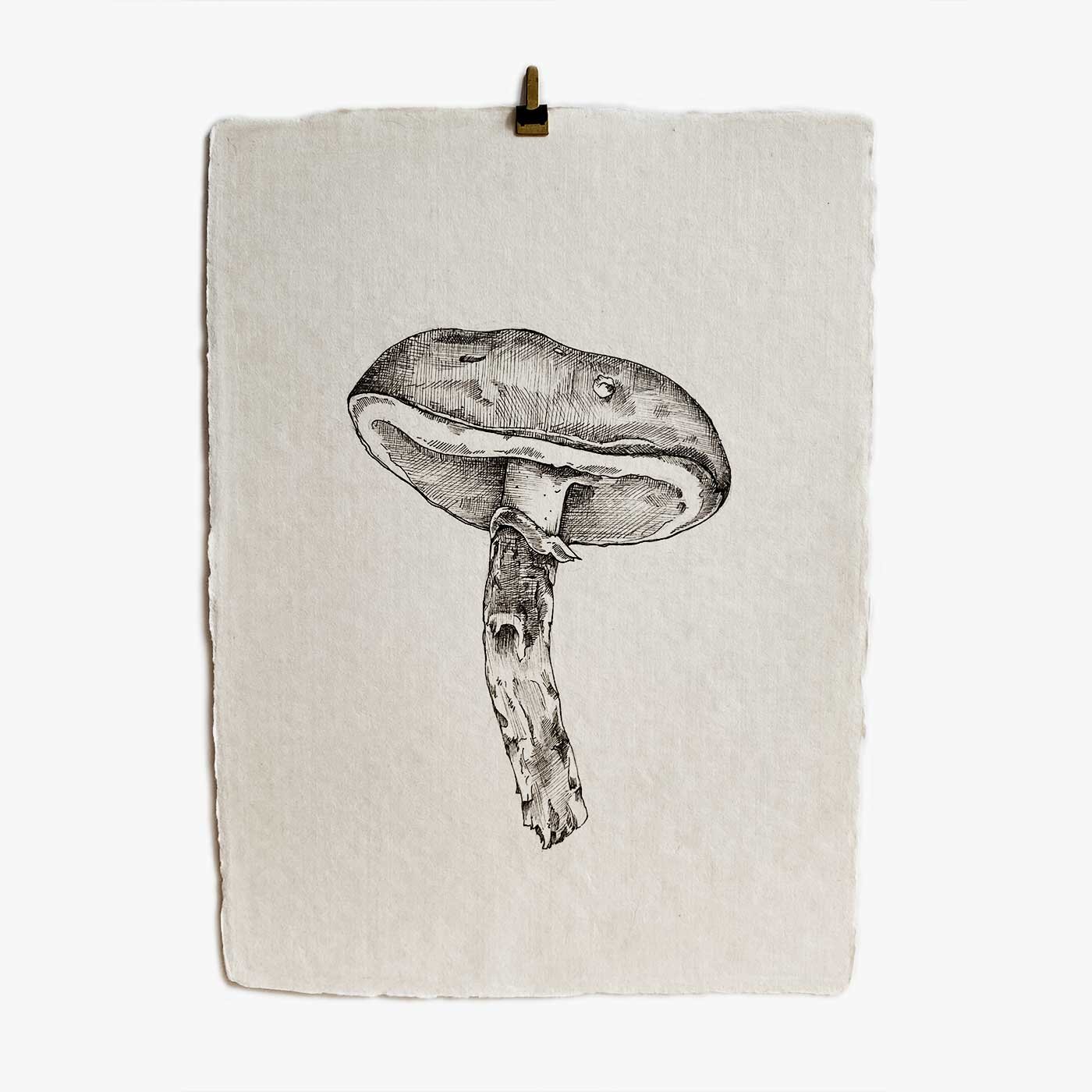

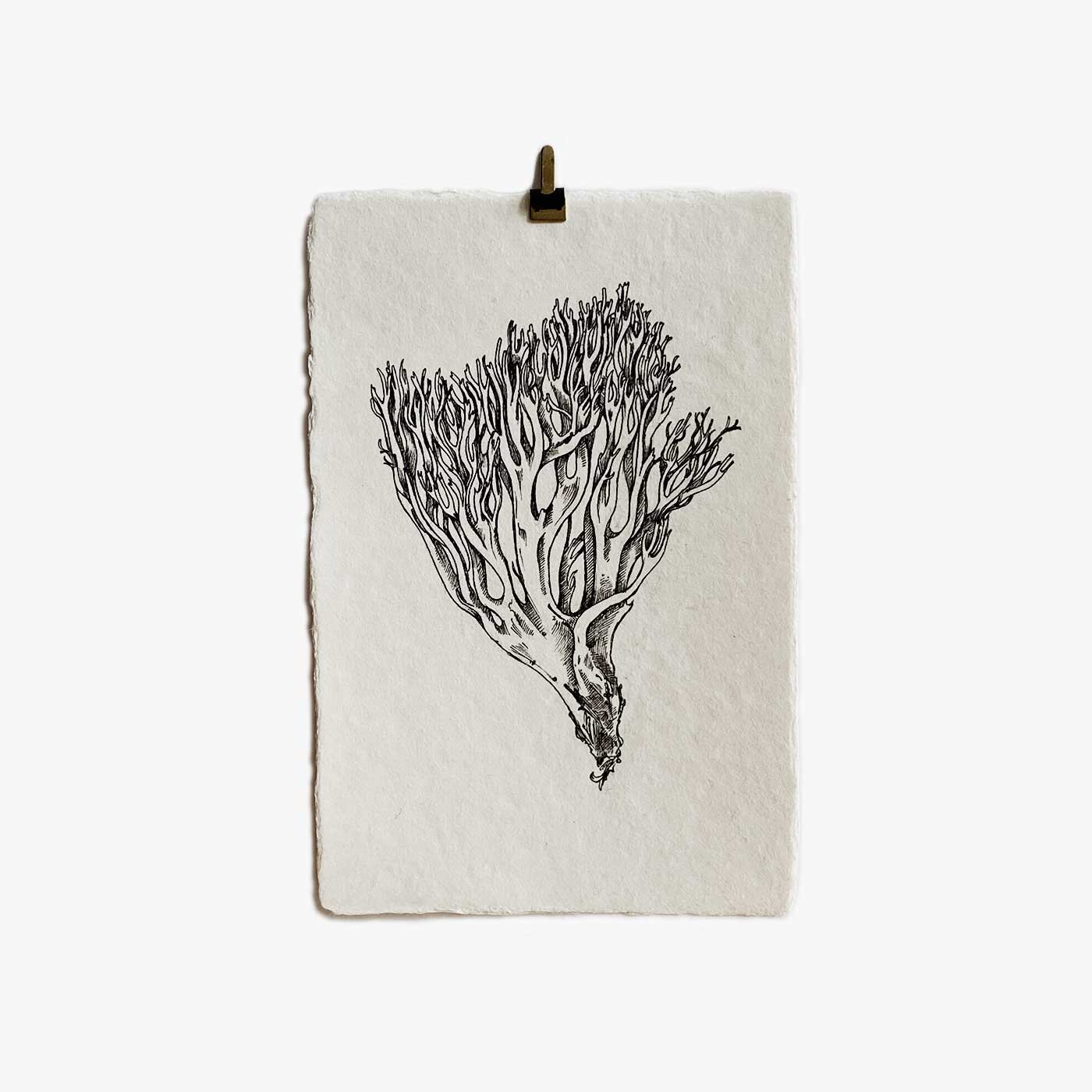

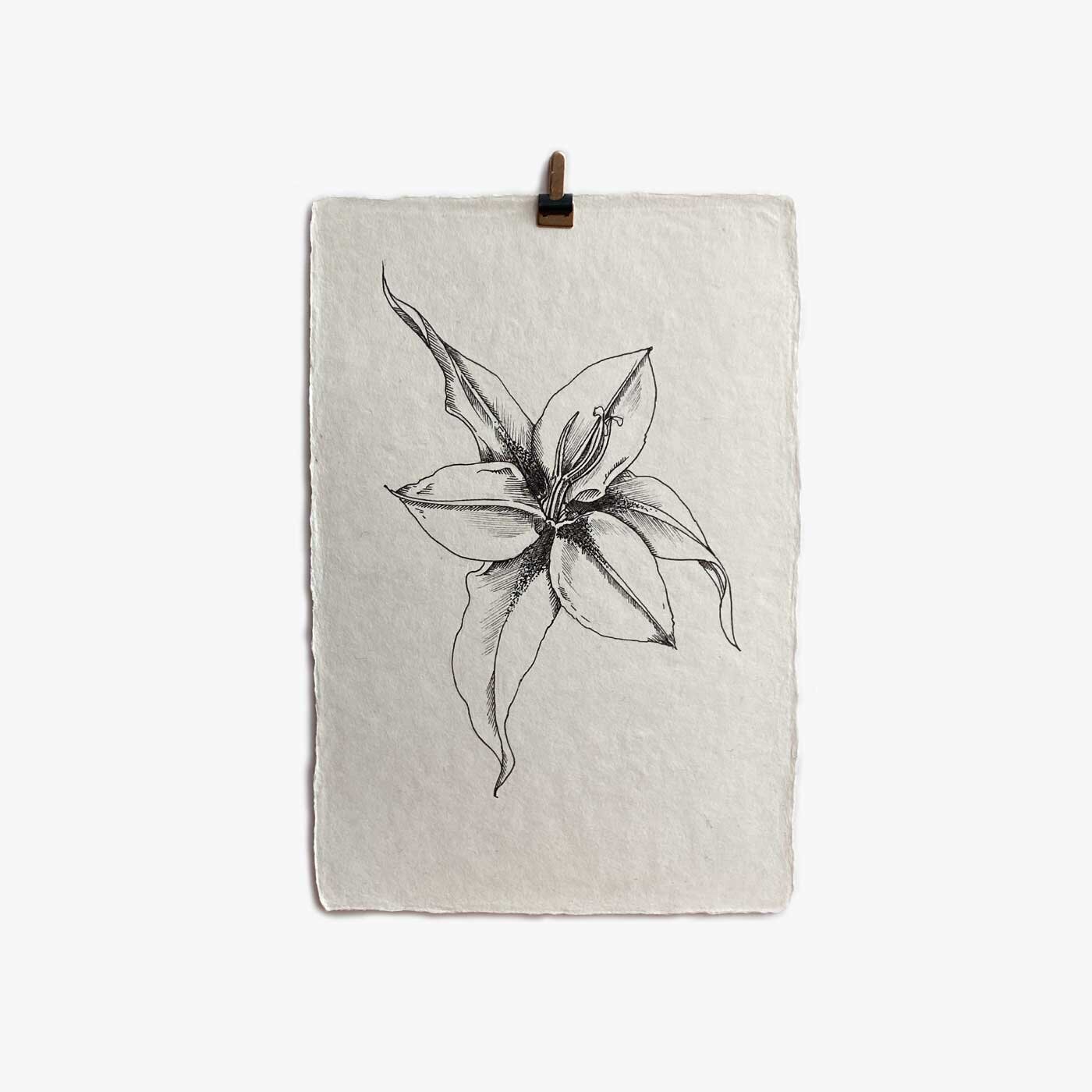



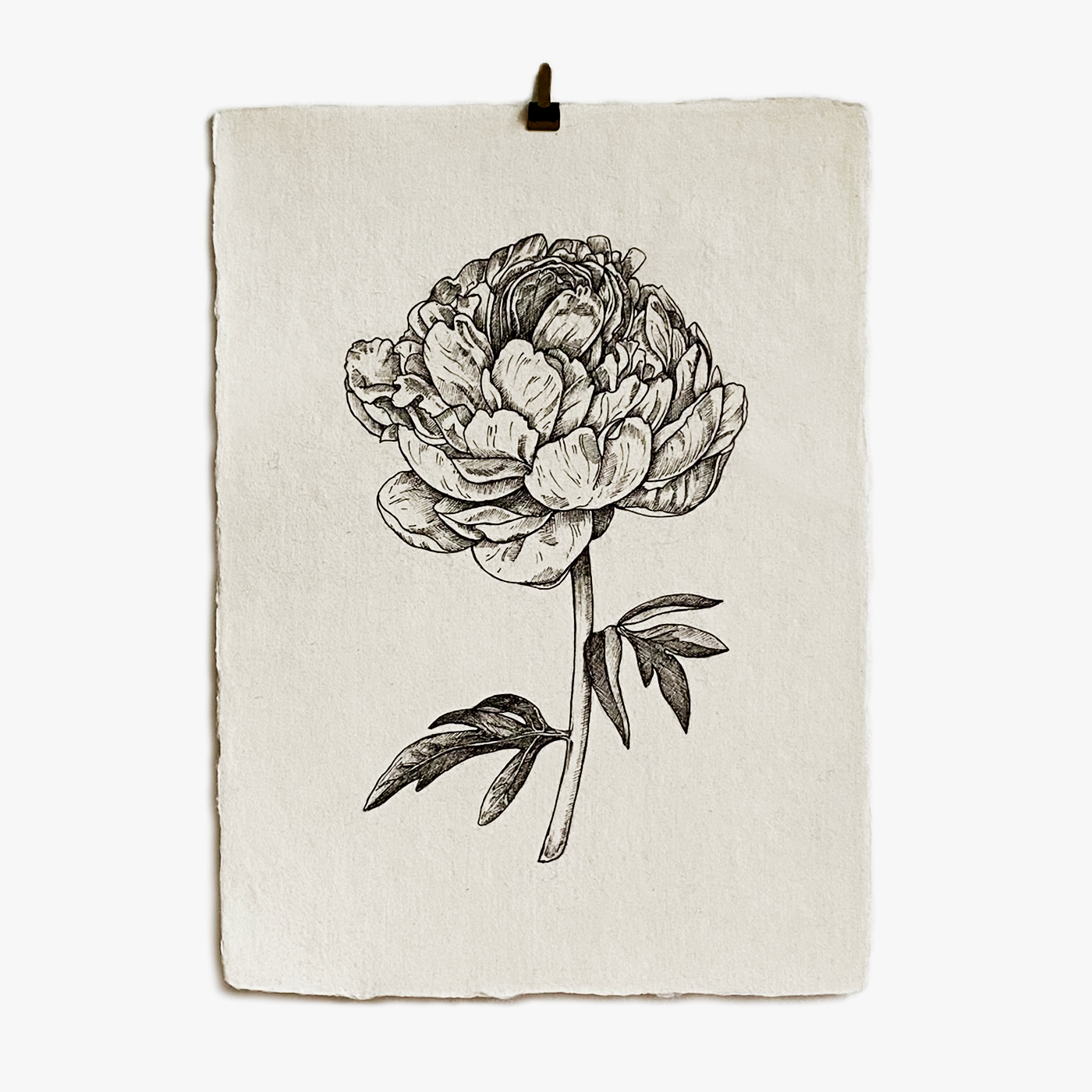
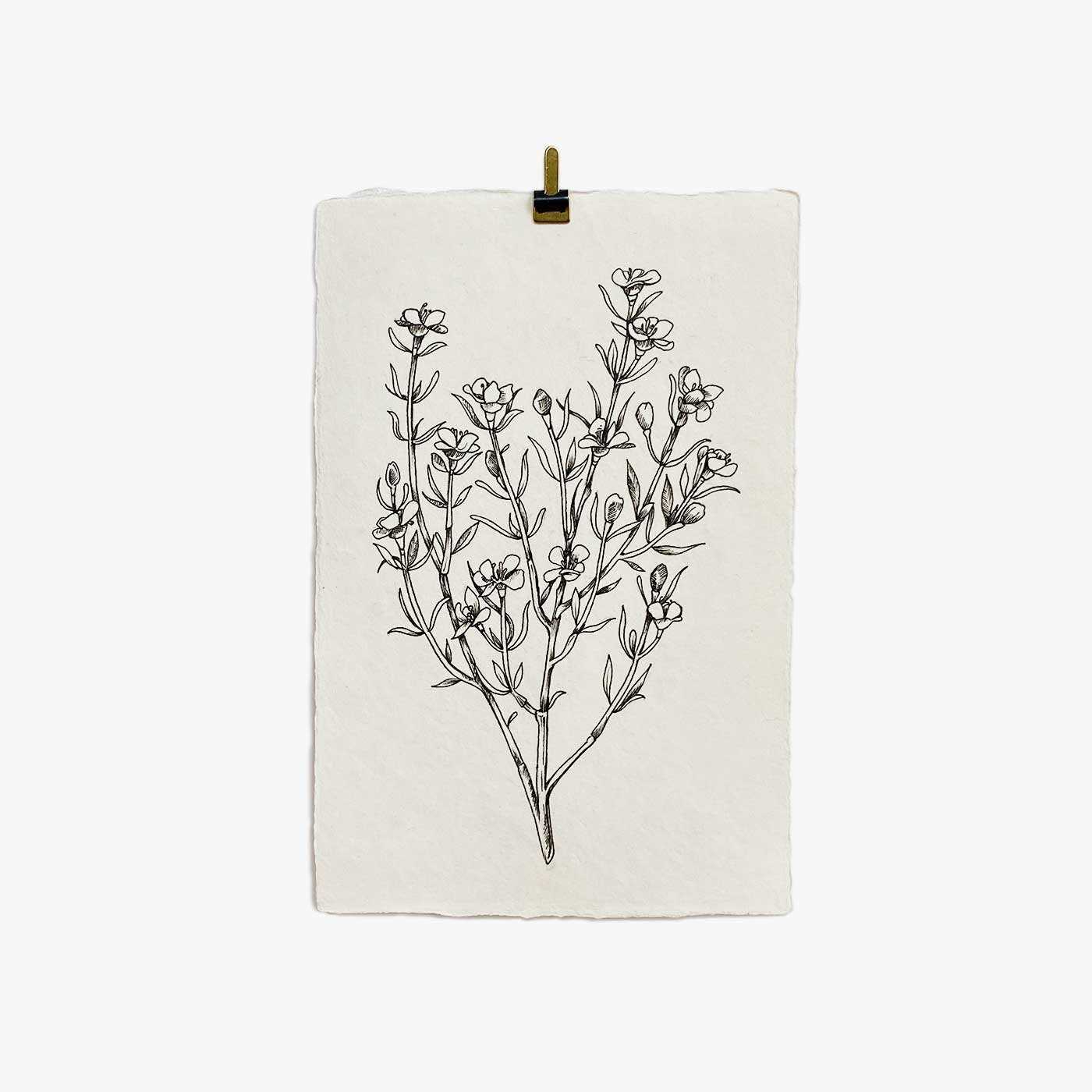
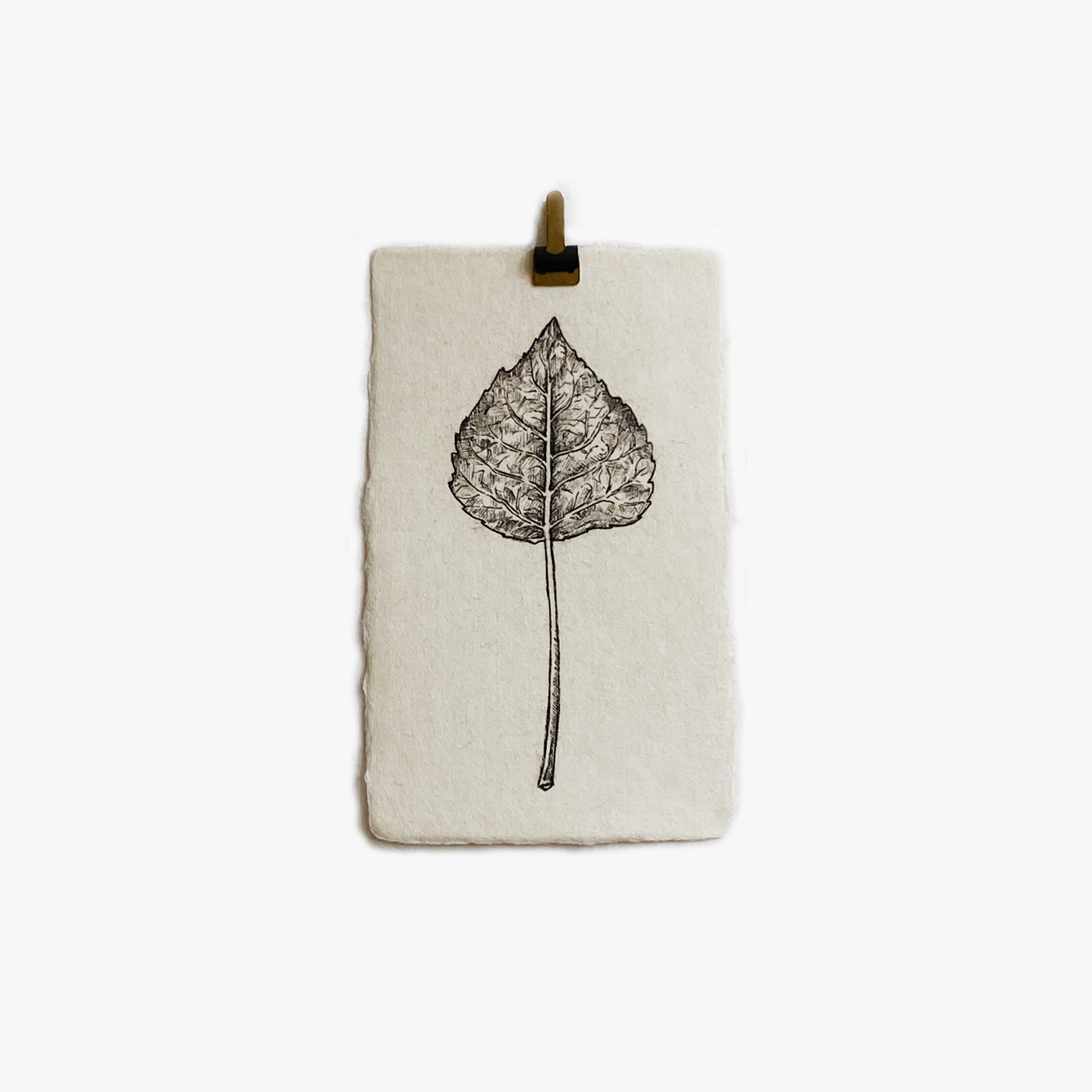

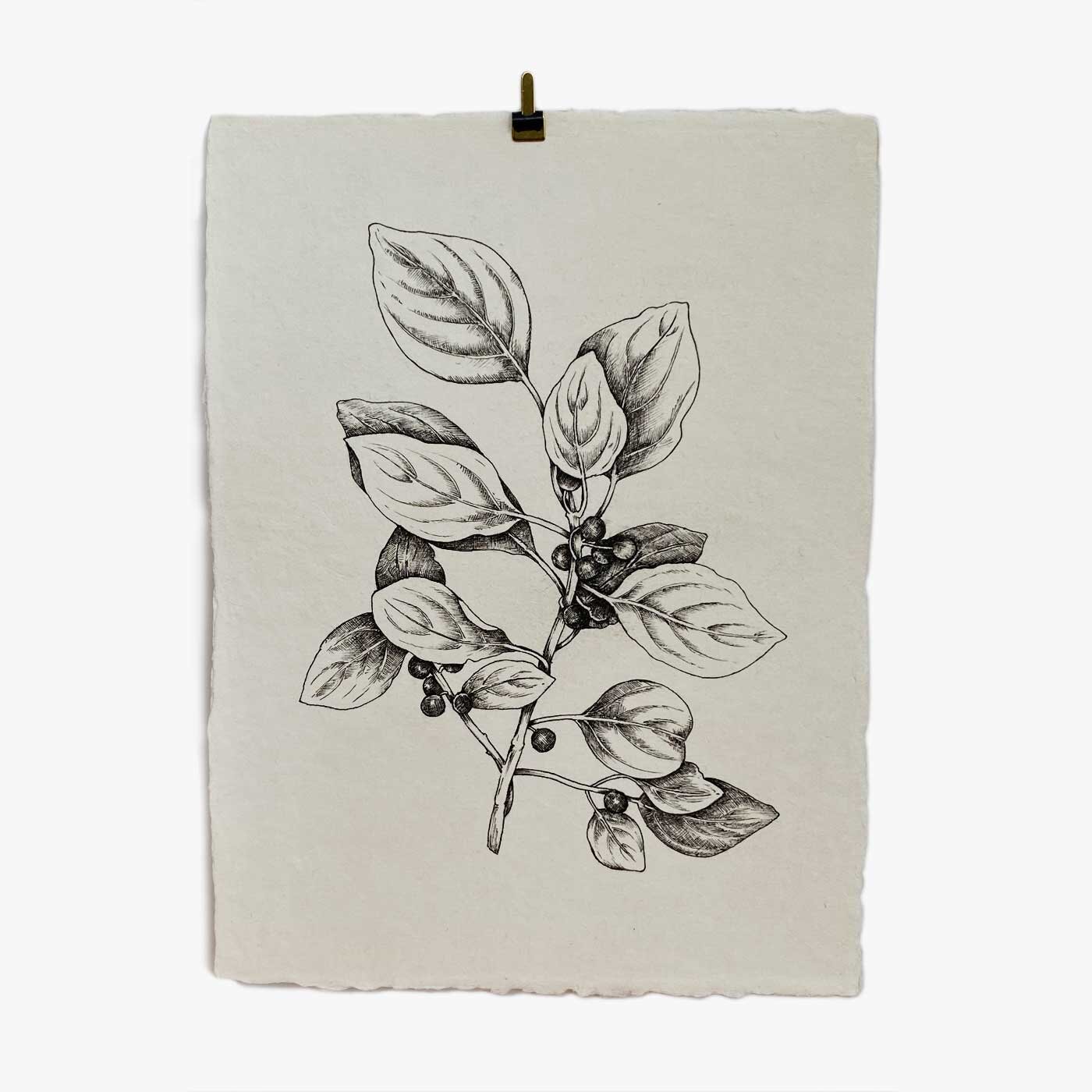
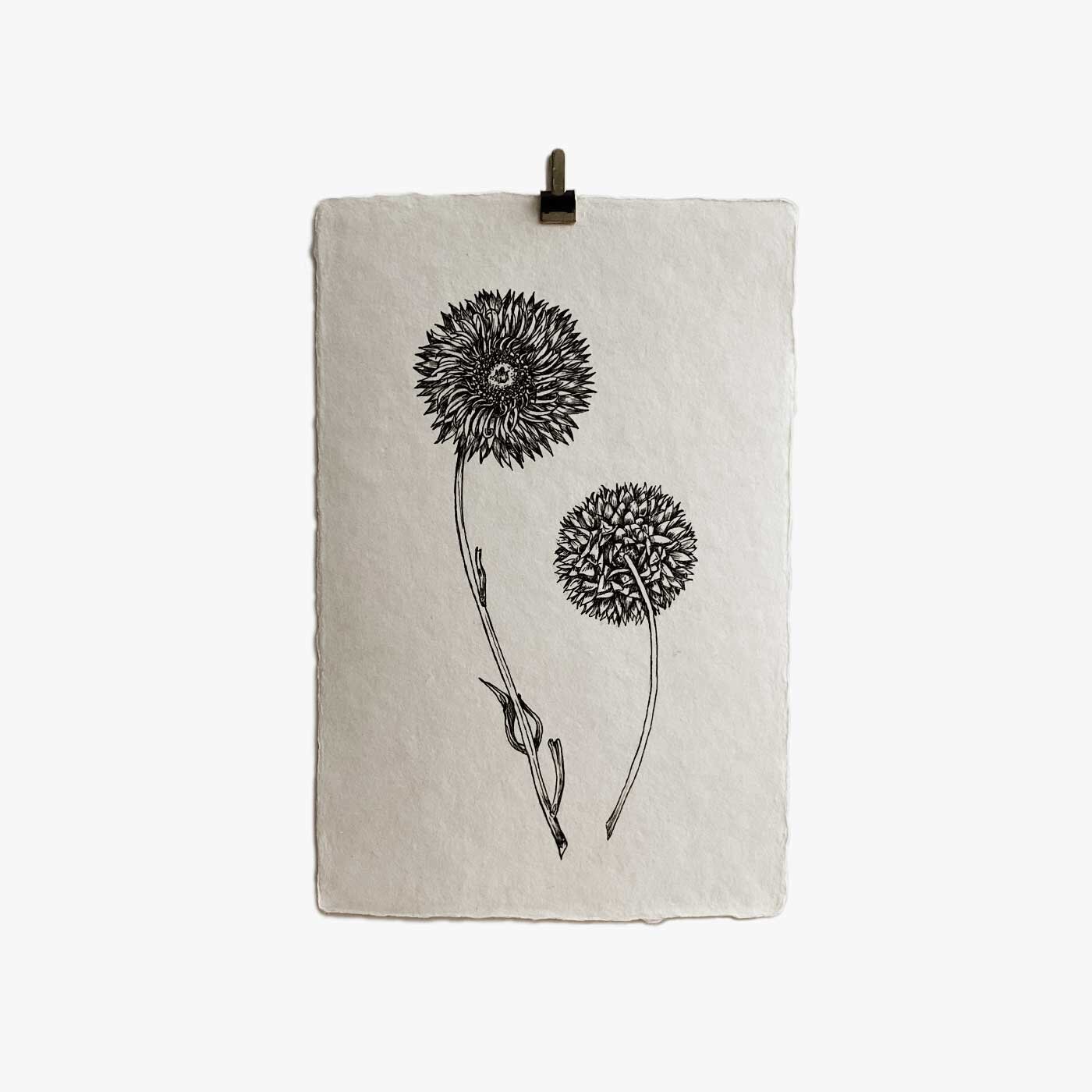
Drawings organized newest to oldest. All from top left: 1. Periwinkle Vinca (Europe, northwest Africa + southwest Asia) 2. King Bolete Boletus Edulis3. Chanterelle Cantharellus 4. Lobster Mushroom Hypomyces lactifluorum 5. Common Juniper Juniperus communis (Eurasia) 6. Whiite Trillium Trillium grandiflorum (North America) 7. Jack In The Pulpit Arisaema triphyllum (North America) 8. Common Milkweed Pod Asclepias syriaca (North America) 9. Common Milkweed Asclepias syriaca (North America) 10. Amanita Galactica (Chile) 11. Snowdrops Galanthus (Europe and the Middle East) 12. Black Oak Quercus velutina (Eastern + central North America) 13. Patridge Berry Mitchella repens (North America) 14. Marasmius capillaris 15. Twinflower Linnaea borealis (North America) 16. Blood Wood–Aster Symphyotrichum cordifolium (North America) 17. Bottle Gentian Gentiana andrewsii (Northeastern North America)18. Hakuro–Nishiki Salix integra (Eastern Asia) 19. Shaggy Mane Coprinus comatus 20. Lily of the Valley Convallaria majalis (Northern Asia + Europe) 21. Black Trumpet Craterellus cornucopioides 22. Carnation Dianthus caryophyllus (Mediterranean region)23. Fritilleria Fritillaria meleagris (Temperate regions of the Northern Hemisphere) 24. Eastern Flowering Dogwood Cornus florida (United States + Southern Ontario) 25. Morning Glory Ipomoea purpurea (Mexico + Central America) 26. Parrot Tulip Tulipa (Central Asia) 27. Eucalyptus Eucalyptus globulus (Australia) 28. Unidentified 29. Hedgehog Hydnum repandum 30. Unidentified 31. Blewit Lapista Nuda 32. King Bolete Boletus Edulis 33. Red Cedar Juniperus virginiana (North America) 34. Schweinitz's Sunflower Helianthus schweinitzii (North + South Carolina) 35. Slippery Jack Suillus luteus 36. Winter Chanterelle Craterellus tubaeformis 37. Crown–Tipped Coral Artomyces pyxidatus 38. Tiny Clovers Trifolium (Europe) 39. Acidanthera Gladiolus murielae (Eastern Africa) 40. Morel Morchella 41. Balm of Gilead Populus balsamifera (North America) 42. Mimosa Acacia dealbata (Australia) 43. Waxflower Chamelaucium uncinatum (Western Australia) 44. Peonies Paeonia (Asia, Europe + Western North America) 45. Trembling Aspen Populus tremuloides (North America) 46. Clover Trifolium (Europe) 47. Common Buckthon Rhamnus cathartica (Europe, northwest Africa + western Asia) 48. Strawflower Xerochrysum bracteatum (Australia)
